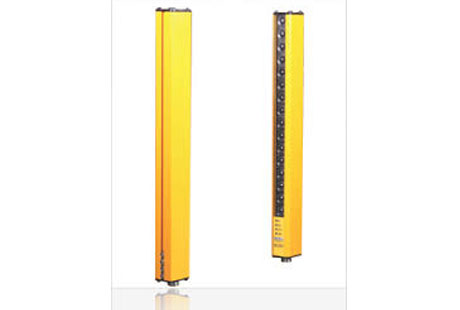What Is Category 1 Safety?
Key Takeaway
Category 1 safety is a classification within machine safety standards that involves a reliable single-channel safety circuit. Unlike higher categories, Category 1 has limited fault tolerance because it relies on a single channel for its safety functions. However, it represents an improvement over Category B because it adheres to well-tried safety principles, offering a basic yet reliable level of protection.
This category is typically considered the lowest level of safety function that can be implemented in machinery. It is suitable for less hazardous environments where the risk level does not demand more complex safety measures. Category 1 provides essential safeguards but lacks redundancy and the ability to handle faults as effectively as higher categories.
Understanding Category 1 Safety
Category 1 safety is the entry-level classification within machine safety standards, providing basic protection measures for environments where risk levels are relatively low. Unlike higher categories that offer redundant or self-monitoring systems, Category 1 relies on single fault protection measures. It’s an essential standard for industries initiating their journey towards automated safety systems, serving as a foundation for understanding more complex safety protocols.

Key Characteristics of Category 1 Safety Systems
Category 1 systems are characterized by their straightforward, non-complex mechanisms. These often include directly wired safety components, such as emergency stop buttons and basic mechanical guards. The simplicity of Category 1 systems makes them highly reliable due to fewer components that could fail. However, it’s essential to note that these systems do not automatically monitor for faults during operation, which distinguishes them from higher safety categories.
You May Like to Read
How Category 1 Safety Systems Operate
The operation of Category 1 safety systems is primarily manual. Before each cycle or start of operation, a manual check is typically required to ensure all safety features are functional. This approach suits less complex machinery where the chance of operator harm is minimal and where manual resets do not significantly hinder productivity. The lack of automatic diagnostic features means that any faults that develop during operation will need to be identified and addressed during routine maintenance checks or when a safety issue arises.
Comparative Analysis: Category 1 vs. Category 2 Safety
Comparing Category 1 to Category 2 safety systems highlights significant differences in safety assurance. Category 2 systems include features that detect faults and, depending on the specific requirement, may allow the system to attempt to execute the intended safety function even in the presence of a fault. This level includes automatic testing of safety functions either continuously or periodically, offering a higher degree of protection by ensuring that faults are identified and mitigated more swiftly than in Category 1 systems
Safety Protocols and Category 1 Compliance
Compliance with Category 1 safety standards involves adhering to basic safety requirements without the need for sophisticated safety features found in higher categories. It emphasizes the importance of regular maintenance and manual testing to ensure safety measures are effective. Safety training for personnel is crucial to ensure that they are aware of potential risks and understand how to operate machinery safely according to Category 1 requirements.
Conclusion
Category 1 safety, while basic, plays a critical role in industries with minimal risk levels. It provides a necessary level of protection that aligns with lower-risk operations and complies with safety regulations, ensuring a safe working environment. For newly minted engineers and safety professionals, grasping the principles of Category 1 safety serves as a stepping stone towards understanding more complex safety categories and systems, forming the groundwork for a career focused on industrial safety.
